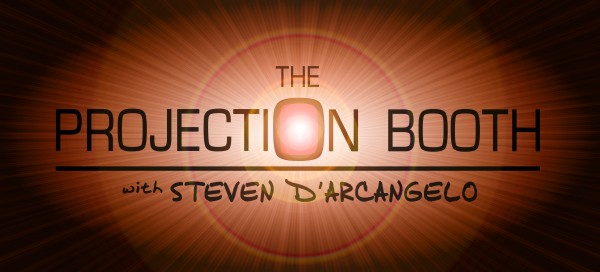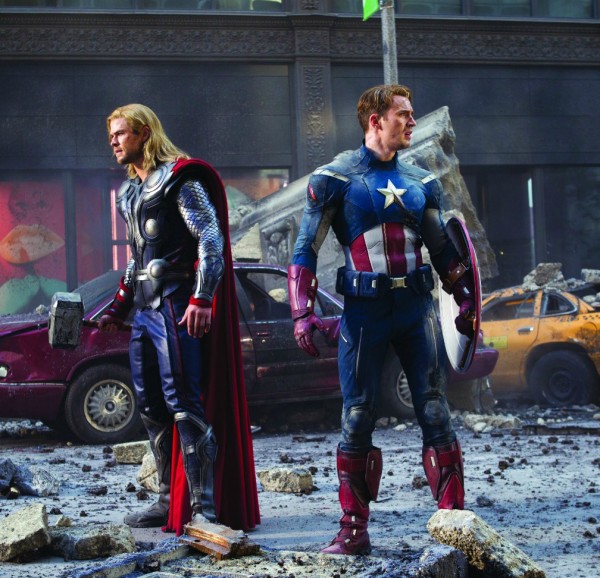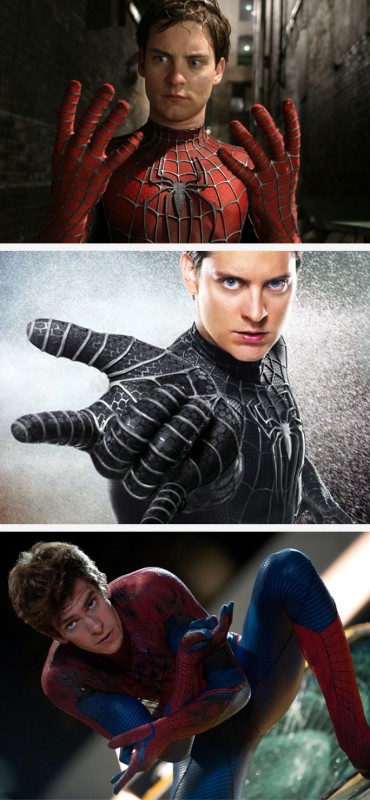Happy Halloween! There’s no better day than today to follow-up on Superheroes Unmasked Part 1. Haven’t read that P-Booth yet? Click here and then click back.
Movie stars never play Superman. They may become stars after the fact, but first they’re plucked from obscurity to inherit the red cape (and some fall back into obscurity after bestowing the cape to the next guy. Eh, Dean Cain?). Unknowns are cast so that the audience can identify with a fresh, unmasked actor without preconceptions. Batman, on the other hand, is always played by stars. Actors hidden behind masks are hard to relate to, so having a familiar face under them gives us someone we can immediately connect with.
Let’s say you’re the producer of the next superhero blockbuster. You’ve cast the lead role. You’ve approved costume designs that previewed well at Comic-Con. Now production begins. You still have a dilemma, however, because your protagonist isn’t sans mask like the Man of Steel or Wonder Woman. Whether it be a Quarter Mask, Half Mask, or the dreaded Full, he or she sports some form of facial obstruction (the thesaurus is running out of mask synonyms).
When your headliners slip into their costumed personas, how do they continue to connect with an audience, particularly non-fanboys, that can no longer see the whites of their eyes? It’s been handled via various methods over the years. Some good. Some bad. Some that make you say W.T.F.?!
METHOD 1: IT’S ABOUT CHARACTER, NOT COSTUME (NO, REALLY)
The first and third installments of the Iron Man trilogy end with the same dialog – “I am Iron Man” – yet each use carries a completely different connotation. In Iron Man 3, Tony Stark must prove to himself that he is the hero, not his armored alter ego. This is why he’s seen so often with just a glove or rocket boot or nothing metallic at all. It also gives Robert Downey Jr. a great excuse to not wear his shellhead.
METHOD 2: SECRET IDENTITY NO LONGER SECRET
What’s more dramatic than loved ones discovering the reason you own that skintight rubber suit? (the other reason) Alfred nonchalantly gives Basinger a tour of the Batcave when Keaton’s cowl is down. Billy Zane unmasks in The Phantom after Kristy Swanson calls him out. Annnnnd it’s a ridiculous-looking mask.
One of the few good parts in Green Lantern is when Ryan Reynolds’ girlfriend sees through his masquerade. Hoping to hide your identity under a tiny mask is a silly notion, so why not hang a lantern on it? A… green lantern… if you will (oh, you will).
When secret I.D.s are unveiled in comic books, it feels logical because storyline after storyline has shown the hero protecting his secret at all costs. After decades of that, they must be busting to tell someone. In movies though, the heroes seem to get bored of the disguise after two hours. Why wear it in the first place if you’re so eager to remove it? It’s like when some women say they don’t want to be noticed, yet everything they wear from mini-skirt to tube top says otherwise.
METHOD 3: SUPER WARDROBE MALFUNCTION
Janet Jackson isn’t the only one to suffer from this type of apparel peril. This is the most famous method (or infamous, depending on your P.O.V.) for dealing with the dreaded who-was-that-masked-man syndrome. This technique typically occurs toward the end of the film, during its climax. In the midst of saving the day/city/world/universe, our hero or heroine suddenly loses their cranial condom (thesaurus… working… overtime). This can happen in any number of ways:
Daredevil (2003)
Kingpin yanks off the Man Without Fear’s mask in their final tussle so that the audience can see what the blind hero cannot — his own face.
Iron Man (2008), The Wolverine (2013)
The villains of these films — Iron Monger and Silver Samurai respectively — operate robotic suits two times too big for them. When they get monologuing in the final battle, they open their helmets for no other reason then to remind the audience who’s inside. In terms of connecting with viewers, this makes sense. In terms of story and the world of the characters, it’s akin to a Bond villain divulging his evil plan to James before killing him. Just kill him already!
Captain America: The First Avenger (2011), The Avengers (2012)
In Captain A’s solo adventure, he rips off his mask to unsuccessfully save Bucky from falling to his “death”. If Cap really wanted to save his sidekick, he wouldn’t have first removed his mask for a close-up. Vaaaaane.
When the Captain joins his fellow Avengers in their film, his mask gets torn off by aliens in the Battle of New York. Cap loses his mask so often that if Edna Mode could handle wardrobe for his upcoming sequel (subtitled The Winter Soldier), she’d add a Velcro strap to reduce Chris Evans’ chances of being choked.
Most Super Wardrobe Malfunctions feel forced, case in point Spider-Man 3. Vibrations cause Venom’s costume to dissolve? Laaaaame. In contrast, Spider-Man 2 features the best, most natural use of this method.
To stop a runaway train, the web-slinger must first remove his mask — damaged from an electrical fire in the train — in order to see clearly. He’s so focused on rescuing passengers that he forgets how exposed he is. Upon saving the train, he passes out from sheer exhaustion. Only after awakening amid staring faces does he remember his mask is missing. To his surprise, the grateful New Yorkers show their appreciation by returning his mask and promising to keep his secret safe.
What first feels like a Sony Pictures mandate results in a dramatic, touching character moment that caps off a fantastically exciting set-piece. It works for the studio and audience because it works for the story and characters.
Filmmaker concerns of filmgoers not connecting with masked actors are valid — if they don’t connect then they won’t buy tickets and the movie loses money. That’s show business, but there’s also show business. Filmgoers don’t want to be taken out of the story by unmaskings that don’t feel organic (I hate that word, but it applies). Spider-Man 2, in its logical progression of events, is the pinnacle that all unmasked moments should strive for. It satisfies the needs of both show and business.
So when costuming up for trick-or-treating tonight, be sure to costume down at the best possible time. When might that be? Kids know. It’s when they ring doorbells of neighbors who dole out candy but don’t recognize them. The witch/pirate/mini-superhero then reveals their true identity, which triggers gasps of neighborly recognition — “It’s li’l Emma/Ian/Lindalee!” — that result in the doling out of even more candy.
However, if the kid forces it on the neighbor — “See my face? Now gimme candy!” — then Charlie Brown may not be the only one getting rocks in his pillow case. Knowing when and where to unmask is the trick. Now go get some treats.
COMING SOON: Bah, humbug!

 October 31st, 2013
October 31st, 2013  Steven D'Arcangelo
Steven D'Arcangelo 



 Posted in
Posted in 







[…] UP NEXT: Superheroes Unmasked Part 2 […]